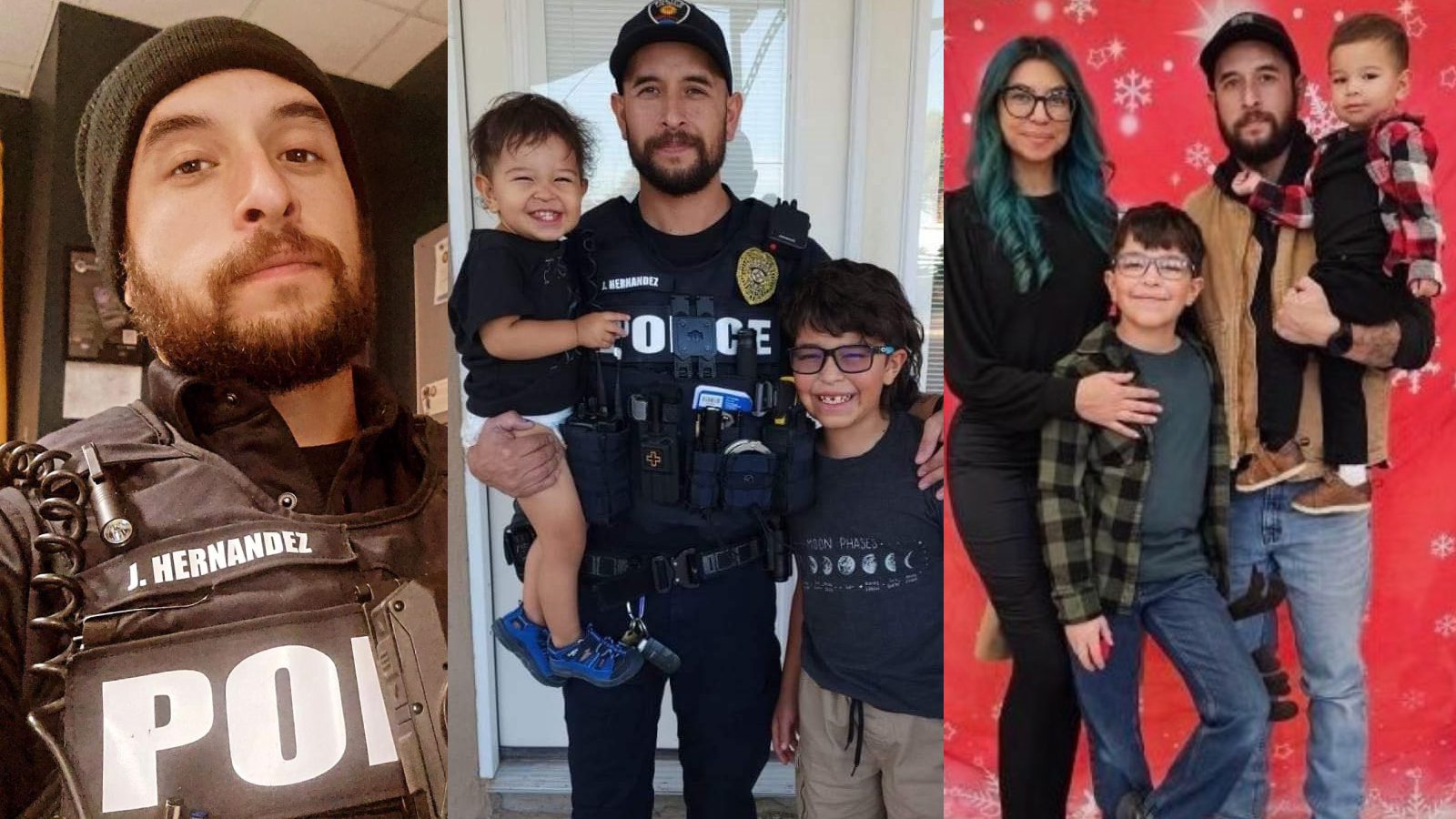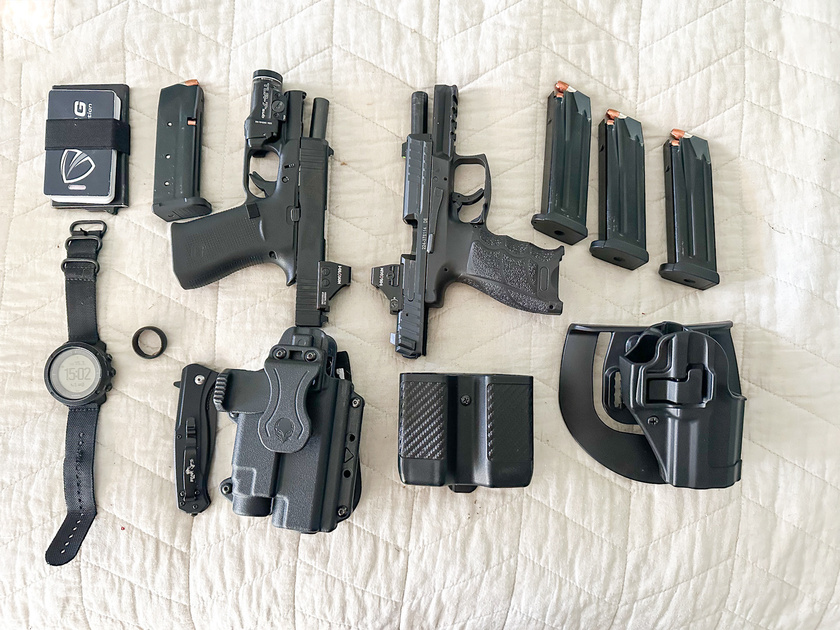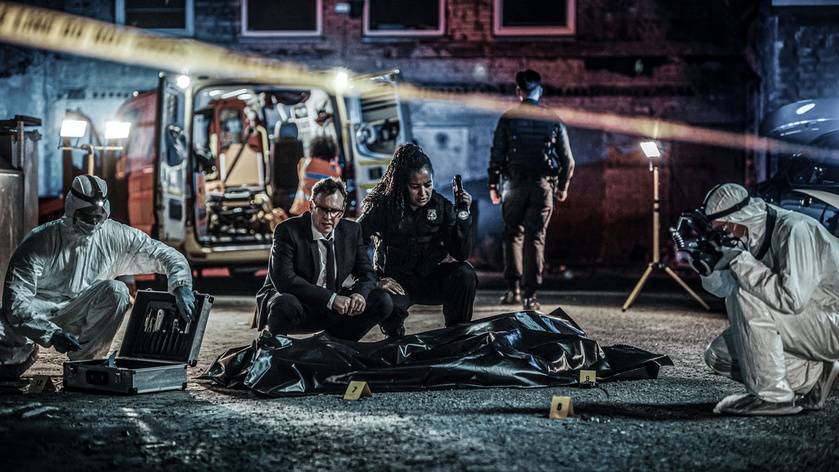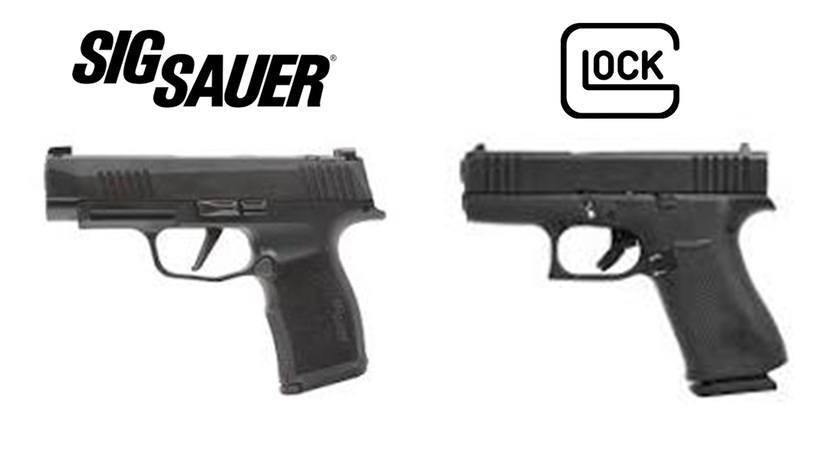DEBRIEF: Las Cruces, New Mexico
On Sunday, February 11/24 at approximately 1700 hrs, Las Cruces Police Department Officer Jonah Hernandez was brutally murdered in the line of duty. He was working alone and had responded to a trespass call at a place of business in Las Cruces, New Mexico. Once Hernandez arrived on scene, he observed and approached a lone male subject on foot. The male subject then suddenly attacked Officer Hernandez with a kitchen butcher knife and was stabbed multiple times. He was survived by his loving wife and two sons. The oldest boy is ten years old and the youngest is two.
A male civilian witnessed the attack and after retrieving the pistol he had secured in his vehicle, he approached the suspect and ultimately neutralized the threat he had encountered. The civilian then used Officer Hernandez's police radio to call for emergency medical response.
Our deepest sympathies go out to the Hernandez family, his wife, and most certainly his two sons who will never again hear his voice, feel his reassuring touch, or navigate life with his support, guidance, strength, and fatherly example.
Let's take a look at the circumstances we know and observe in the video record of the event.
It was a Sunday evening when Officer Hernandez got the call to respond to a simple trespass complaint. It appears to be a call similar to thousands of others that are typically straightforward, low-risk, and often are resolved after a brief conversation. During my law enforcement service, I had been on hundreds of calls that felt and appeared the same as this one started. I understand Officer Hernandez's relaxed approach, the informal terminology, and the calm friendly, and disarming voice.
Author Tim Larkin teaches in his book "When Violence Is The Answer" that there are two categories of violence. There is Social Aggression where the parties involved are very loud, demonstrative, and pursue adversarial social interaction with their adversary which translates into a lot of posturing, emotion, and loud threats. It's very much a performance for all to see that is driven by emotions.
The other category is A-Social Violence where the attacker desires no interaction and simply commits violence to remove whatever obstacle or threat is in their path.
In the majority of encounters, if we are going to experience resistance from a subject, it will typically be social aggression which almost always has the potential to be de-escalated since the aggressor wants the performance more than the fight. Officer Hernandez chose to approach in a non-threatening and less authoritative way using a friendly tone of voice and socially common terminology.
On rare occasions, we may encounter a subject that is not interested in a social demonstration, he or she only intends to eliminate their target whether it be a perceived threat or just an obstacle.
The attacker in this case did not engage in a verbal interaction, he simply waited for Officer Hernandez to approach and when he was close enough to strike effectively, the killer then drew his knife and surprised Officer Hernandez by attacking him with extreme violence and eliminating the threat by ultimately taking his life.
So what is the best strategy for approaching a subject?
One perspective is that Officer Hernandez was working alone so taking a more friendly approach was less likely to provoke a dangerous conflict as any backup could be minutes away at best.
Another perspective is that his approach may have conveyed a demeanor perceived as weakness which emboldened his attacker. The officer's hands tucked into his vest as he approached the subject showed a lack of preparedness that gave his attacker an edge. Finally, the officer got very close to the subject and was still moving forward when the attacker pulled the knife. When the attacker pulled the knife the officer had his hands in his vest and didn't have the time to pull his duty weapon to defend the deadly threat to his life. He ran, stumbled, was overtaken by his attacker, and murdered. The officer was unable to mount any observable measure of defense.
If we go back to the beginning we can identify a series of events that led to the outcome. There is no rush to approach this subject and we want to gather as much information about them as possible before we approach them. Whether it's from a person making a complaint, a dispatcher, or what you can observe from a distance. Are there other people or vehicles in the area? What can you observe about the subject from a distance such as their stance and body language, the expression on their face, what they are wearing or carrying or have nearby that could conceal a potential weapon? Where are his and your potential escape routes? What in the area can serve as cover?
How you look and carry yourself communicates your capability and preparedness and being squared away has proven to be an effective deterrent for someone looking for an easy victim. Standing and walking with good posture, alert and focussed, and hands where they need to be if a problem arises, then moving decisively and with purpose conveys a professional persona. When you speak your words should convey professionalism. You are not dealing with a friend, a bro, or a buddy. You don't know who and what you are dealing with so keeping it professional keeps it neutral. It should be sir or ma'am because that is expected from a person in a position of authority, so you should always communicate professionally and respectfully.
The second major contributing factor to Officer Hernandez being overpowered was the distance he allowed between him and the subject he was approaching. When the subject pulled his knife and lunged toward Officer Hernandez they were so close that Officer Hernandez had no time to react defensively.
It is important to leave as much distance as possible when first approaching someone. Conduct the initial interview from a distance that allows you time to react and defend against an attack. Before you move into position be aware of your environment, escape routes, cover, items that could be used as weapons, hazards, and obstacles you can put in the path of your attacker if needed. Always have a plan and at least one backup plan if things fall apart.
When you question the subject, start with easy questions related to what they are doing and the problem at hand. Try to get them talking. The more they talk, the easier it is to evaluate their state of mind, intentions, and as much other information as you can gather.
The most important thing to remember is to maintain control of the situation and environment. If that falls apart on you then fall back to a safe place, recover, call for backup then re-engage with a more effective position.
Stay alert, and constantly assess your environment and the people in it. Position yourself safely so you have time to react, and if things become unsafe and the threat is beyond your ability to overcome, remove yourself safely and call for backup or support from local law enforcement.
Stay safe.
Go home to your family.
NEWS STORY:
https://www.kob.com/new-mexico/las-cruces-officer-stabbed-to-death-on-duty/



















